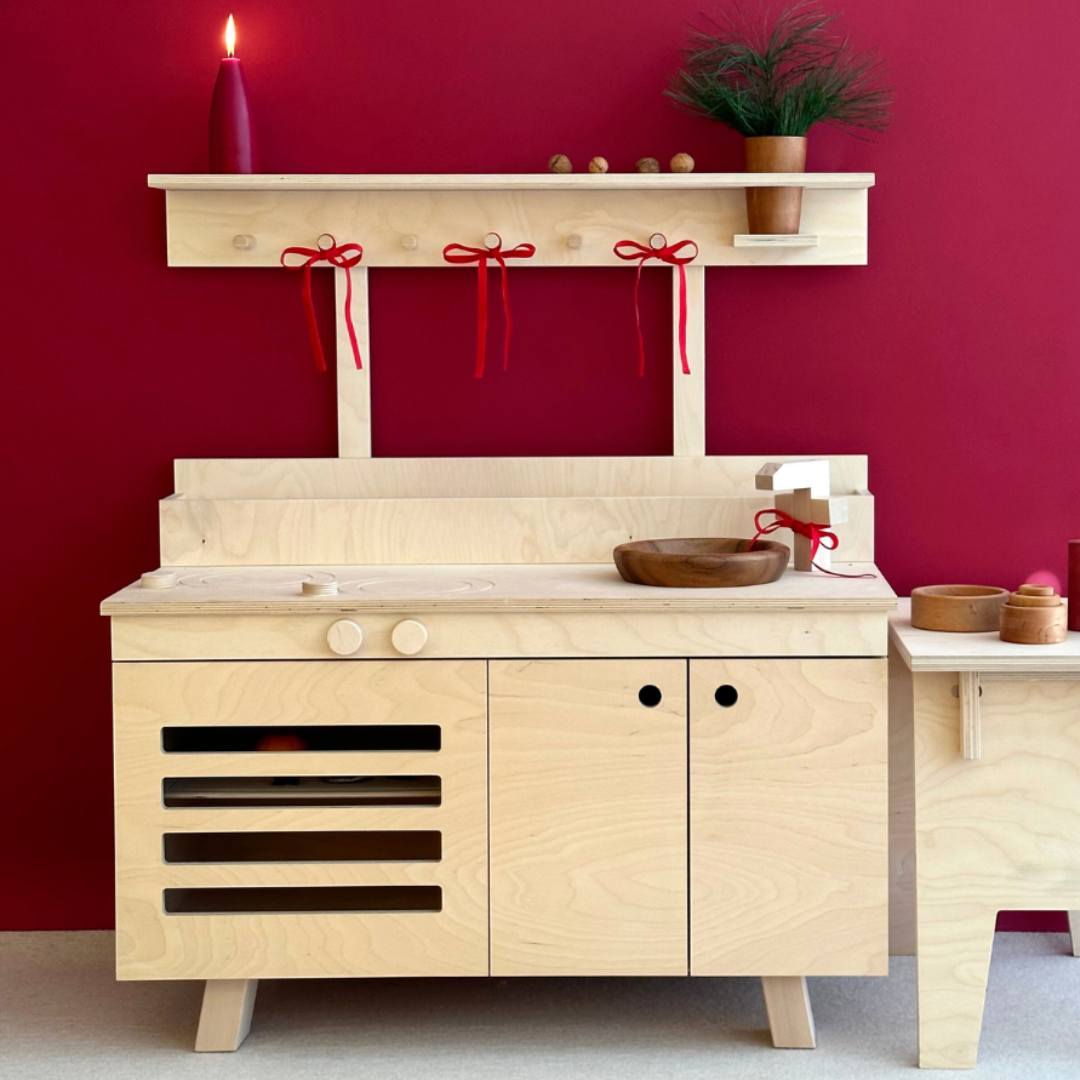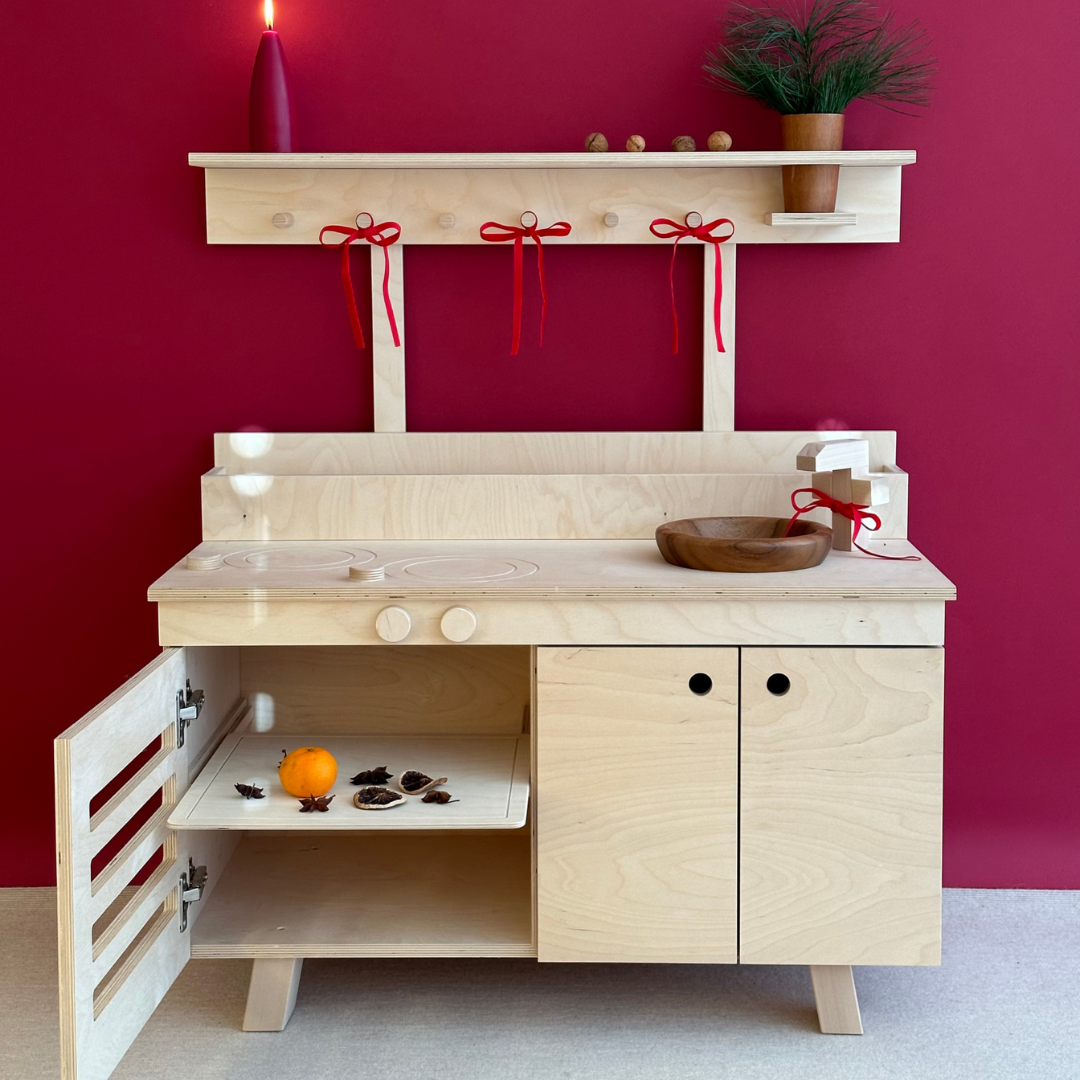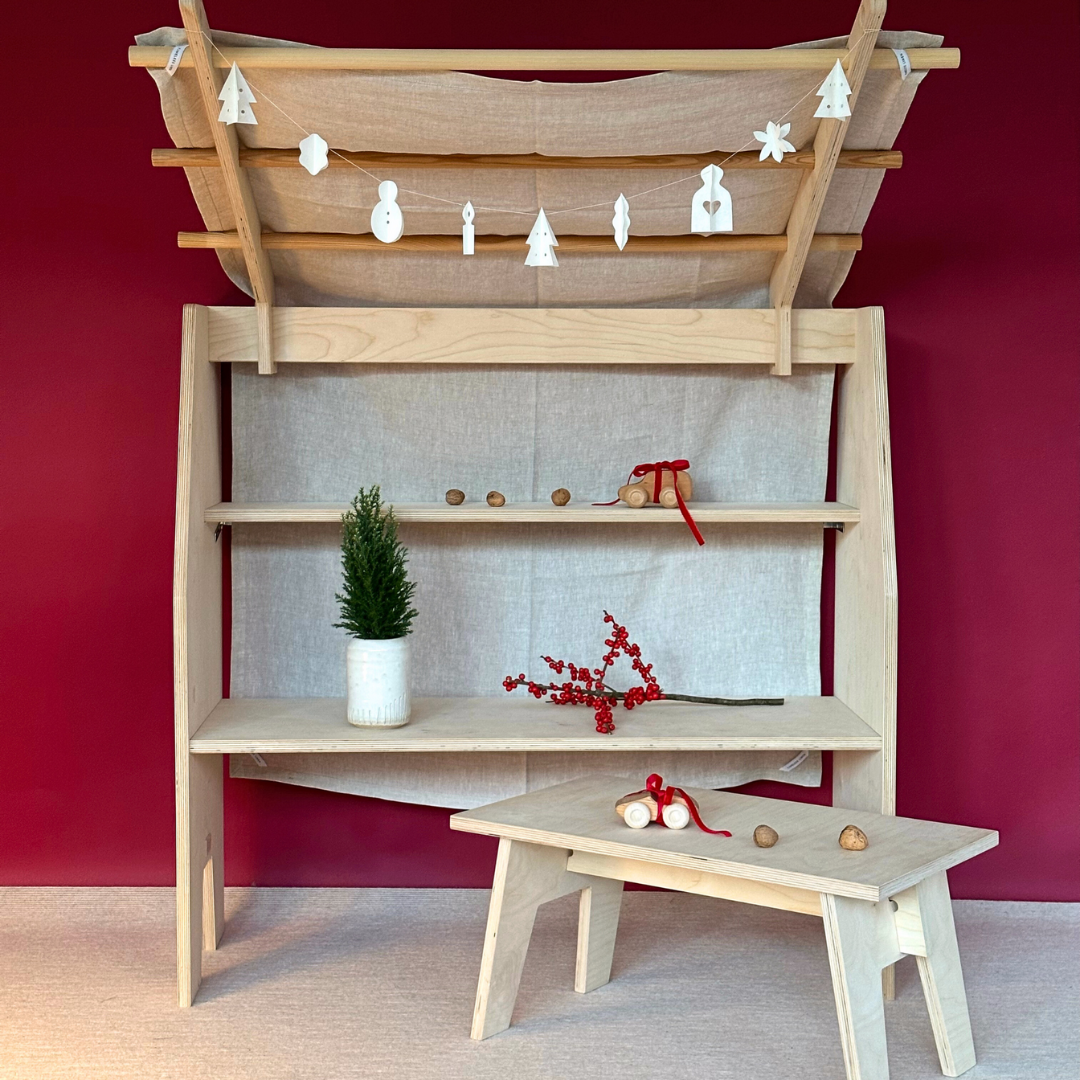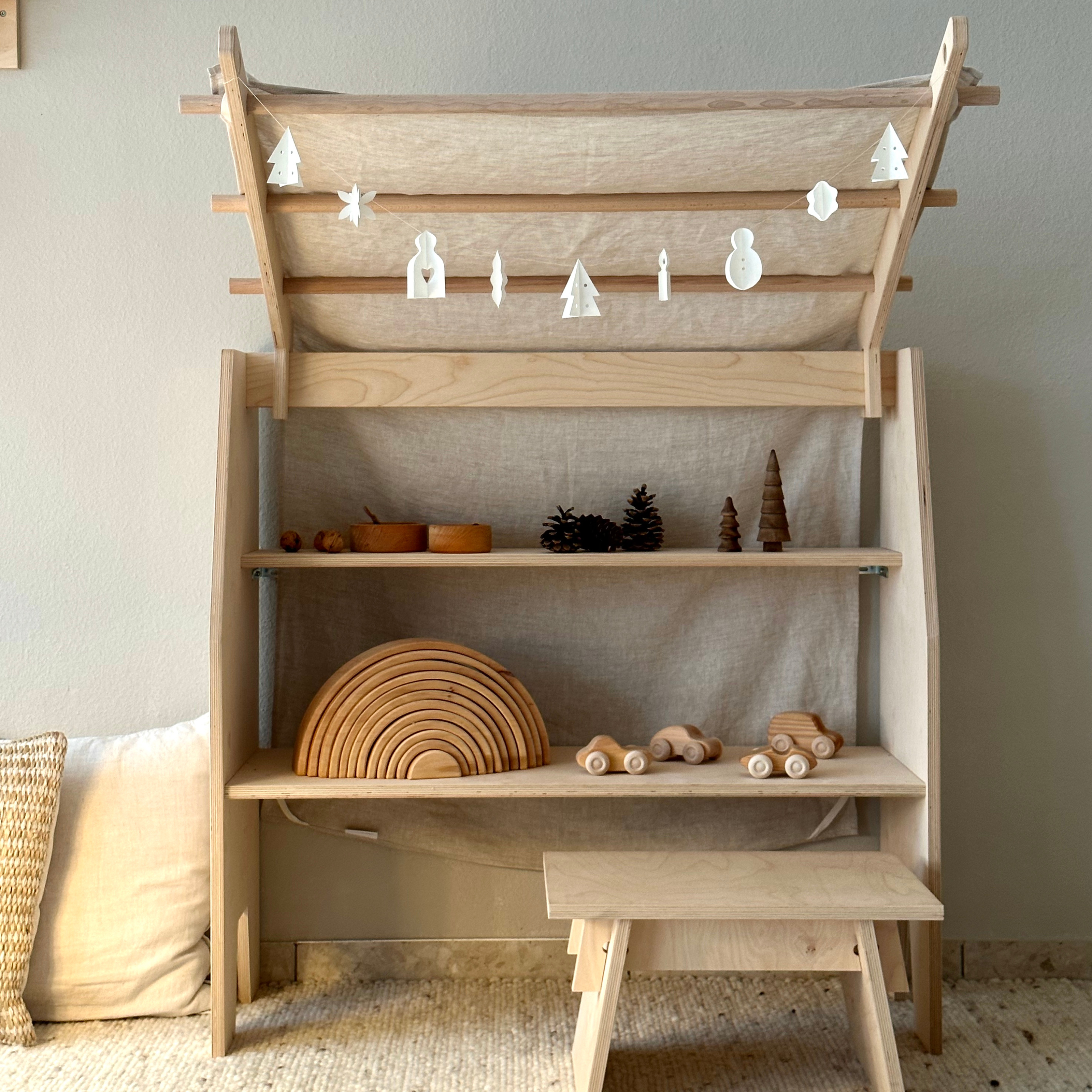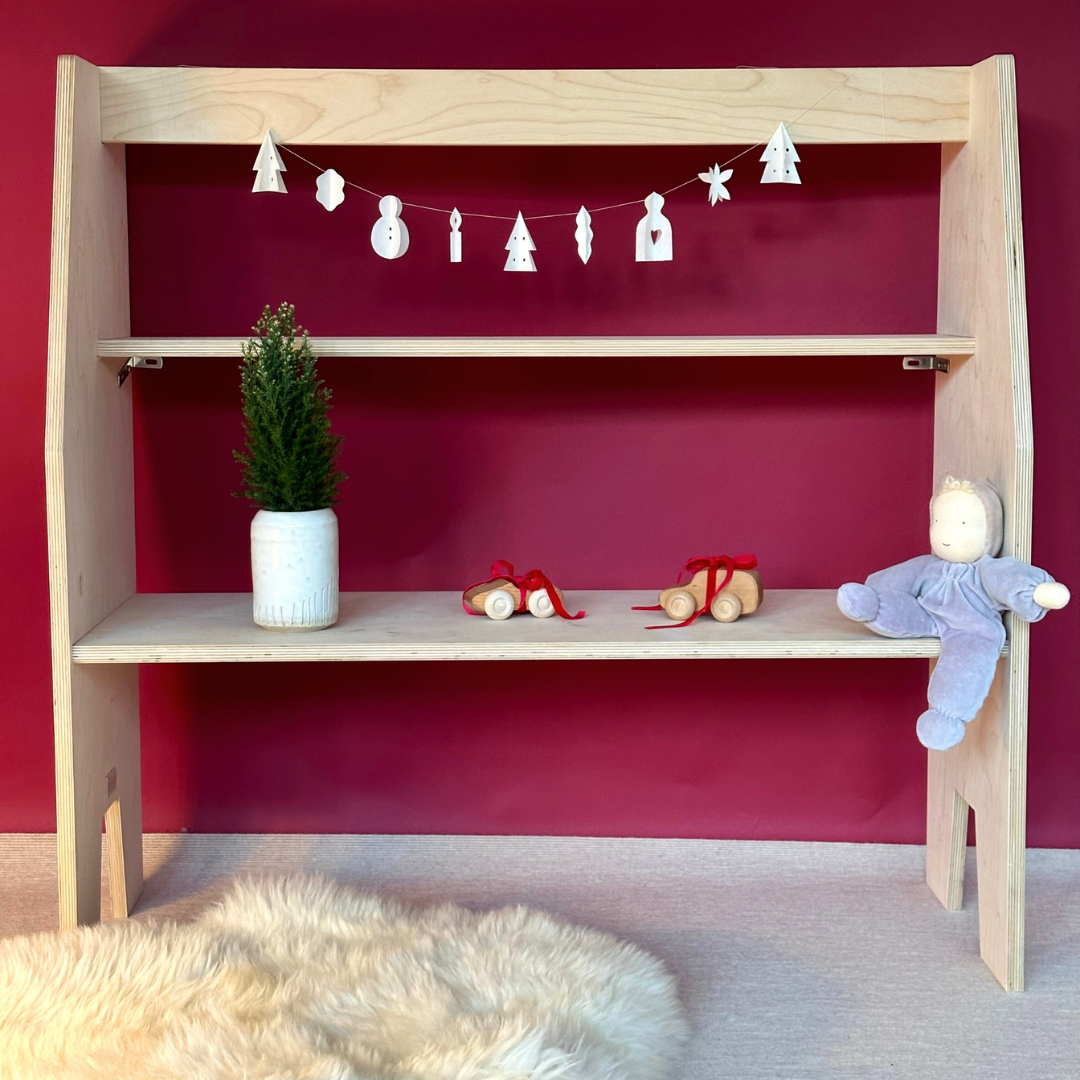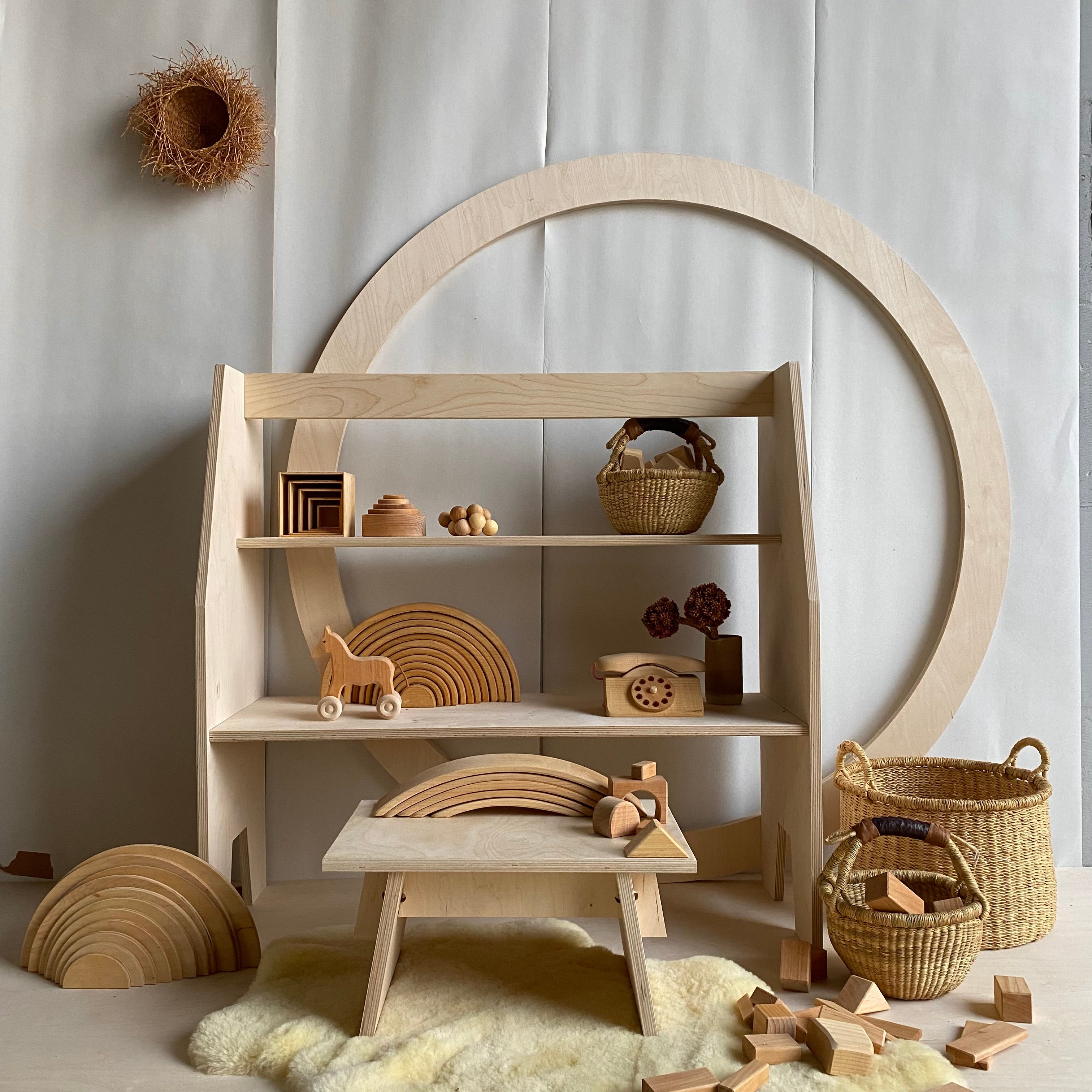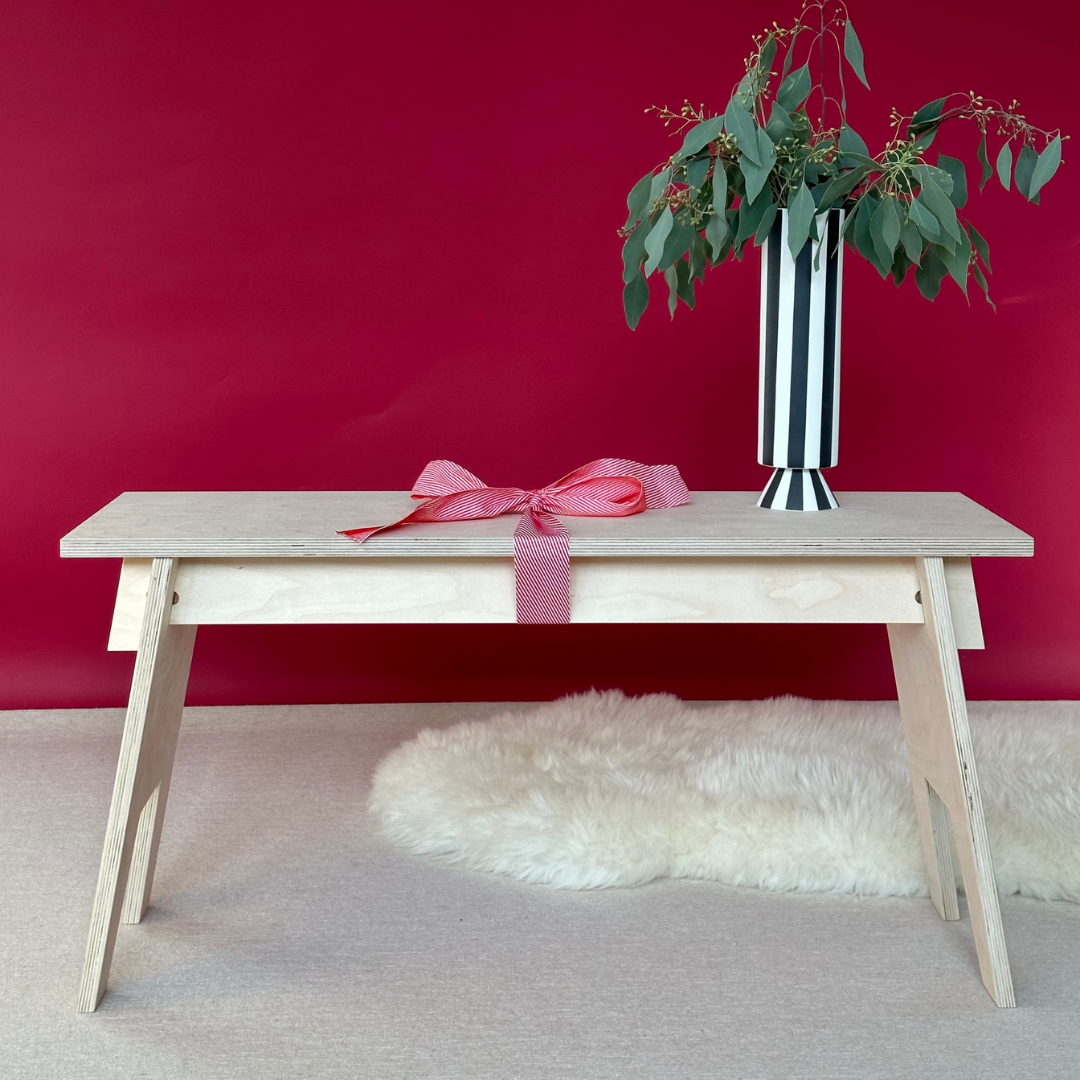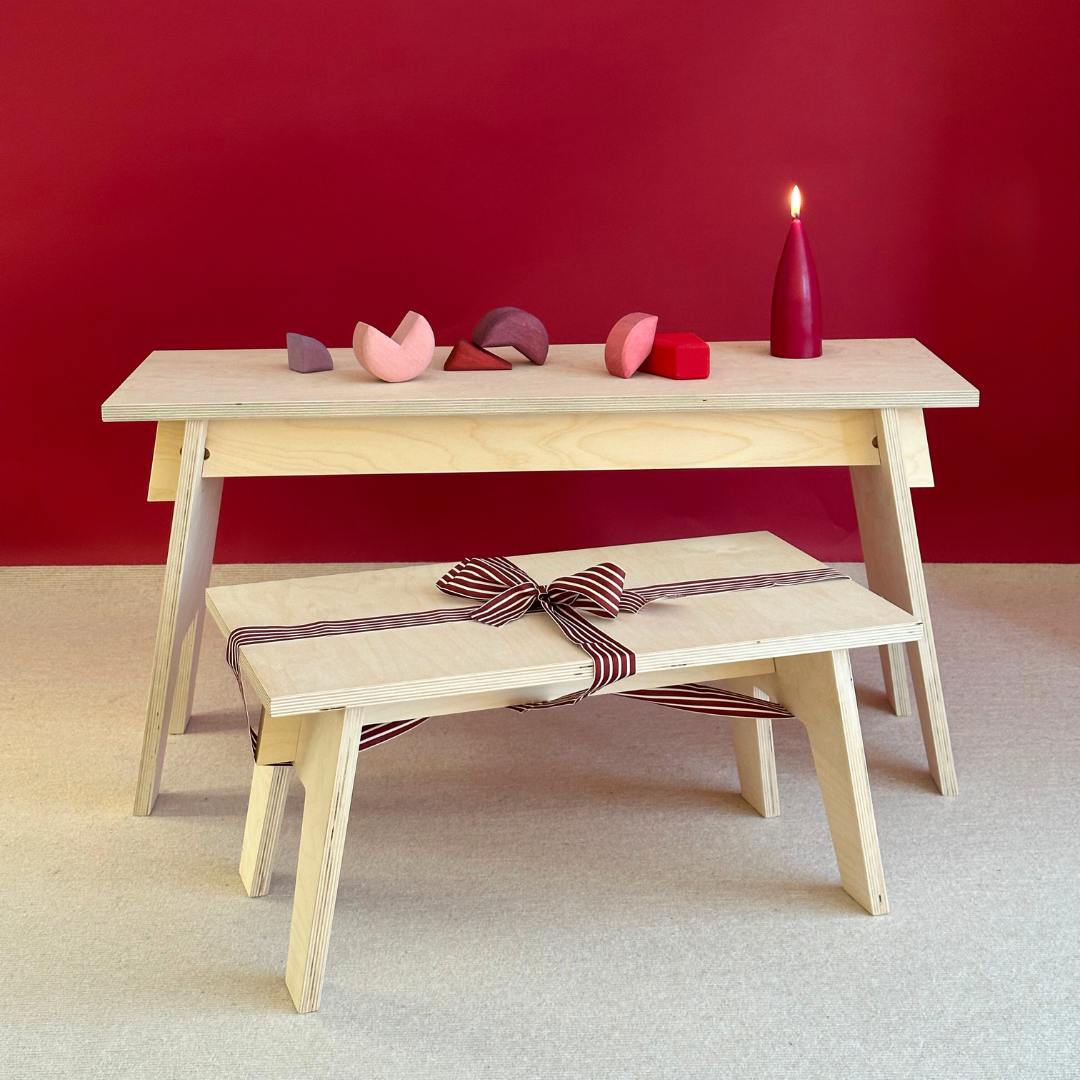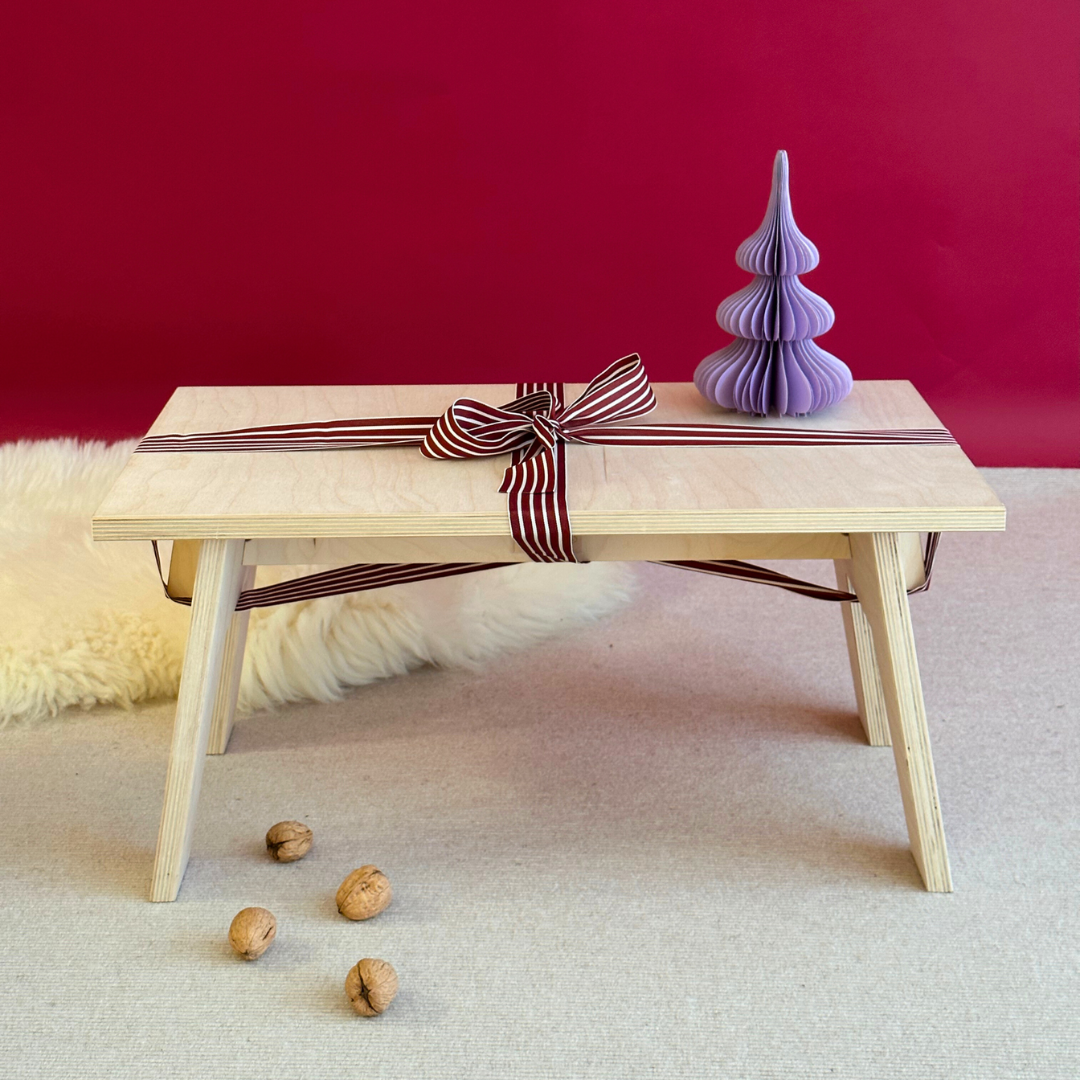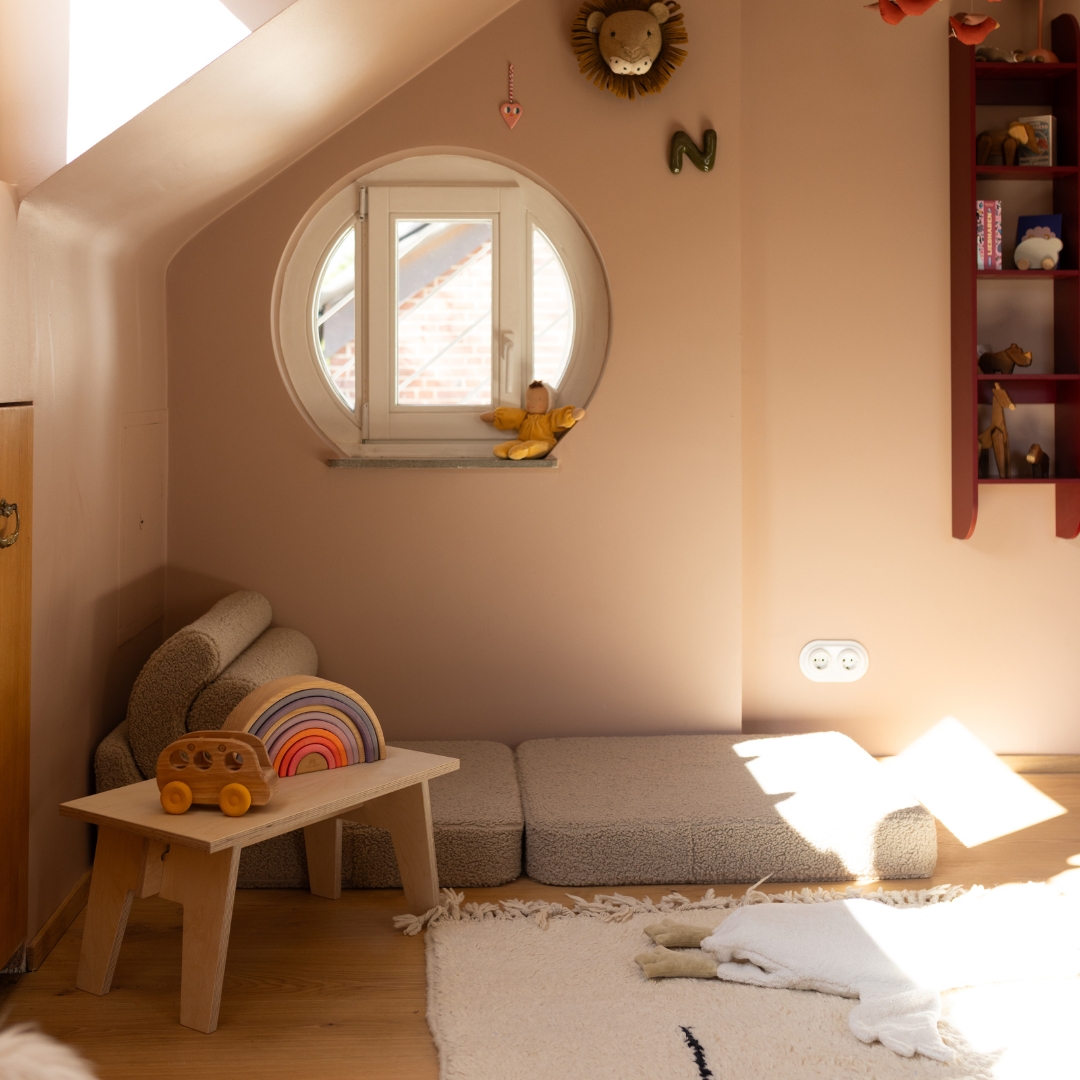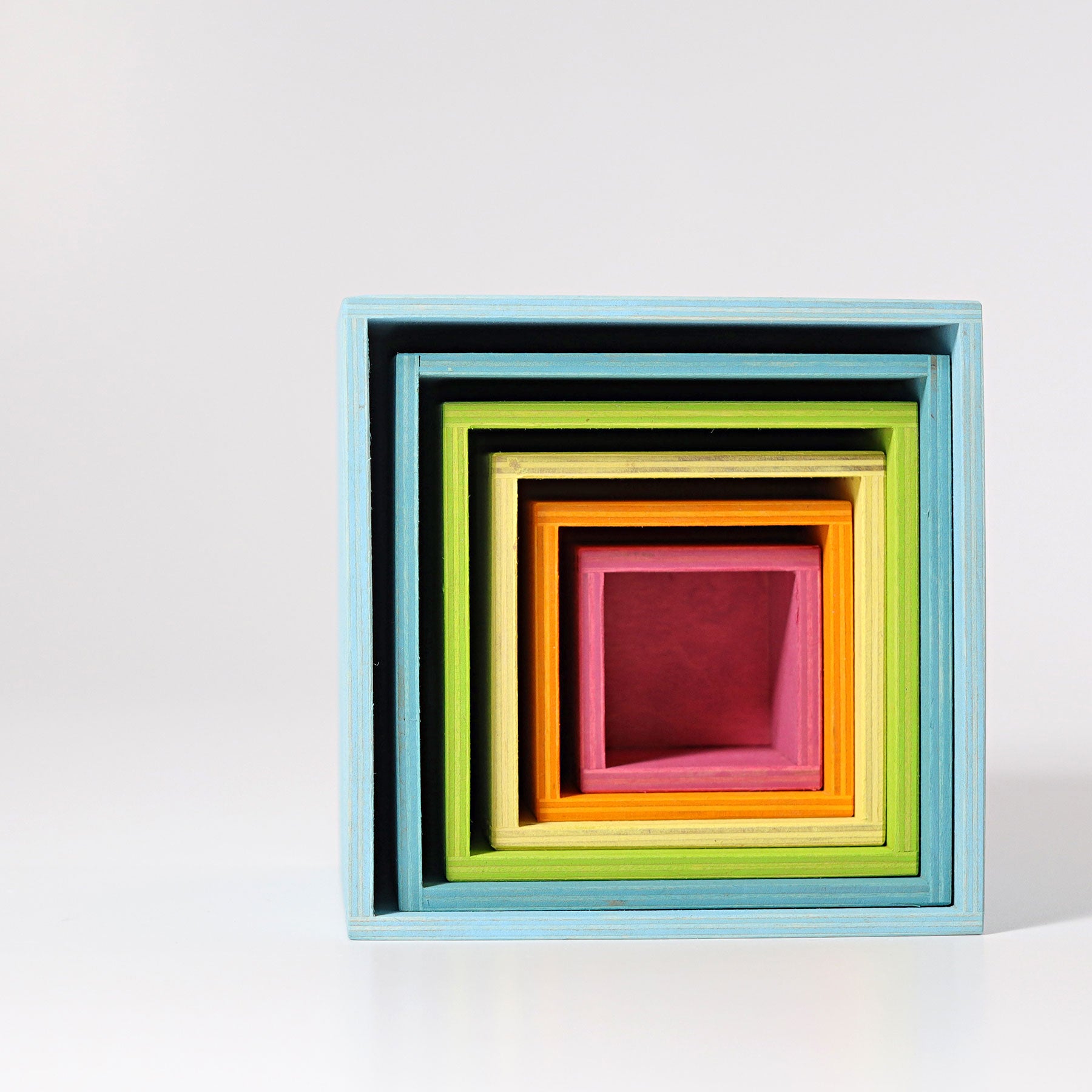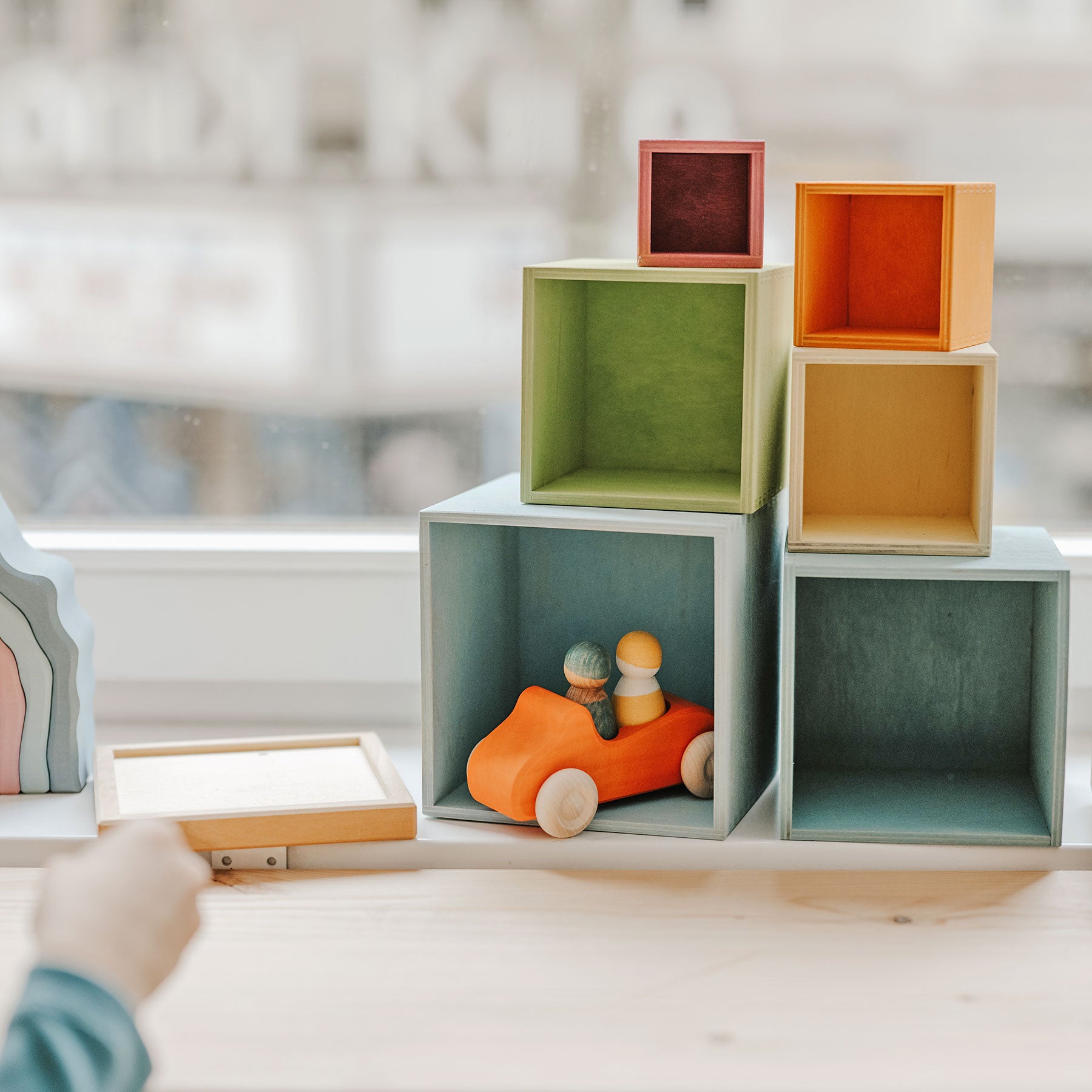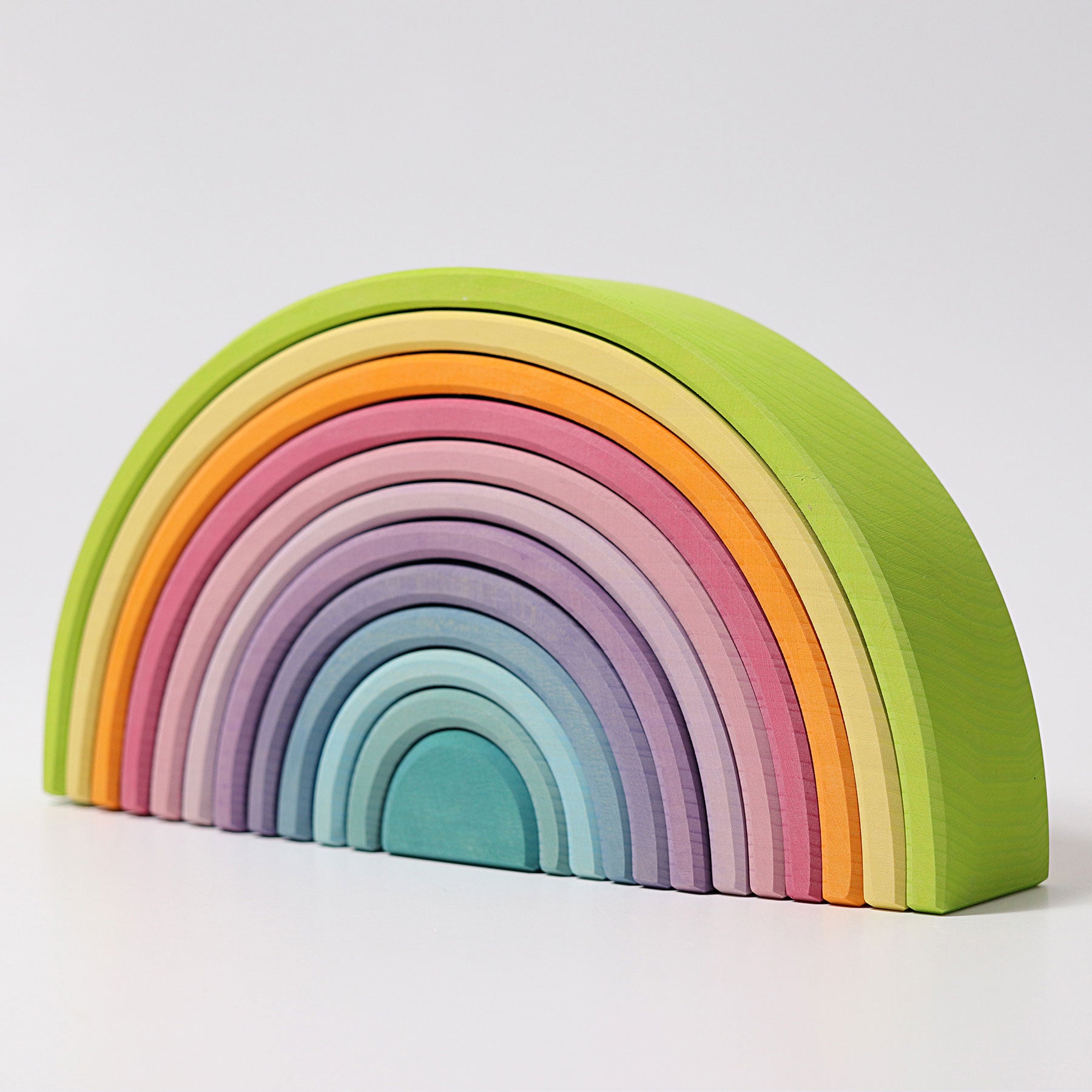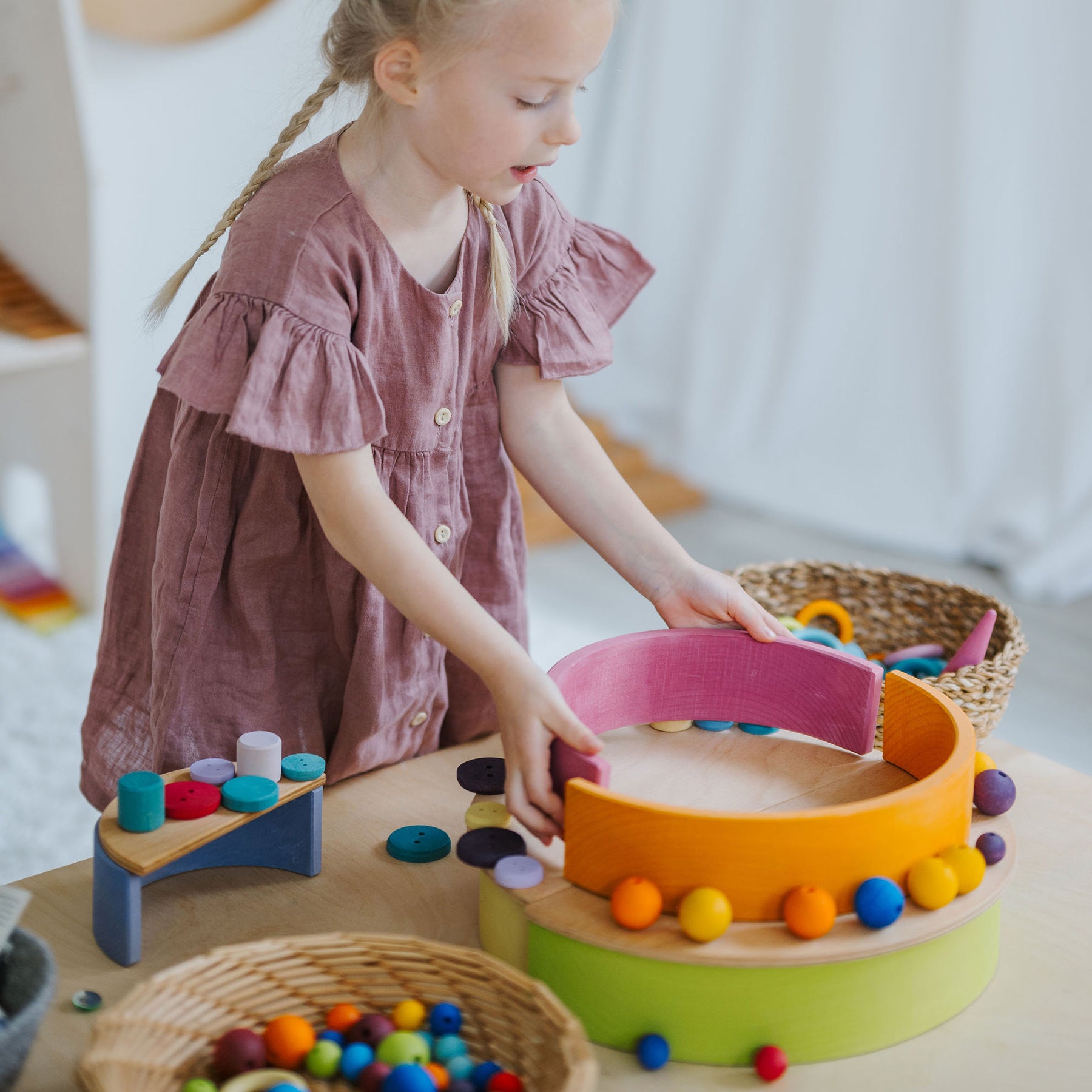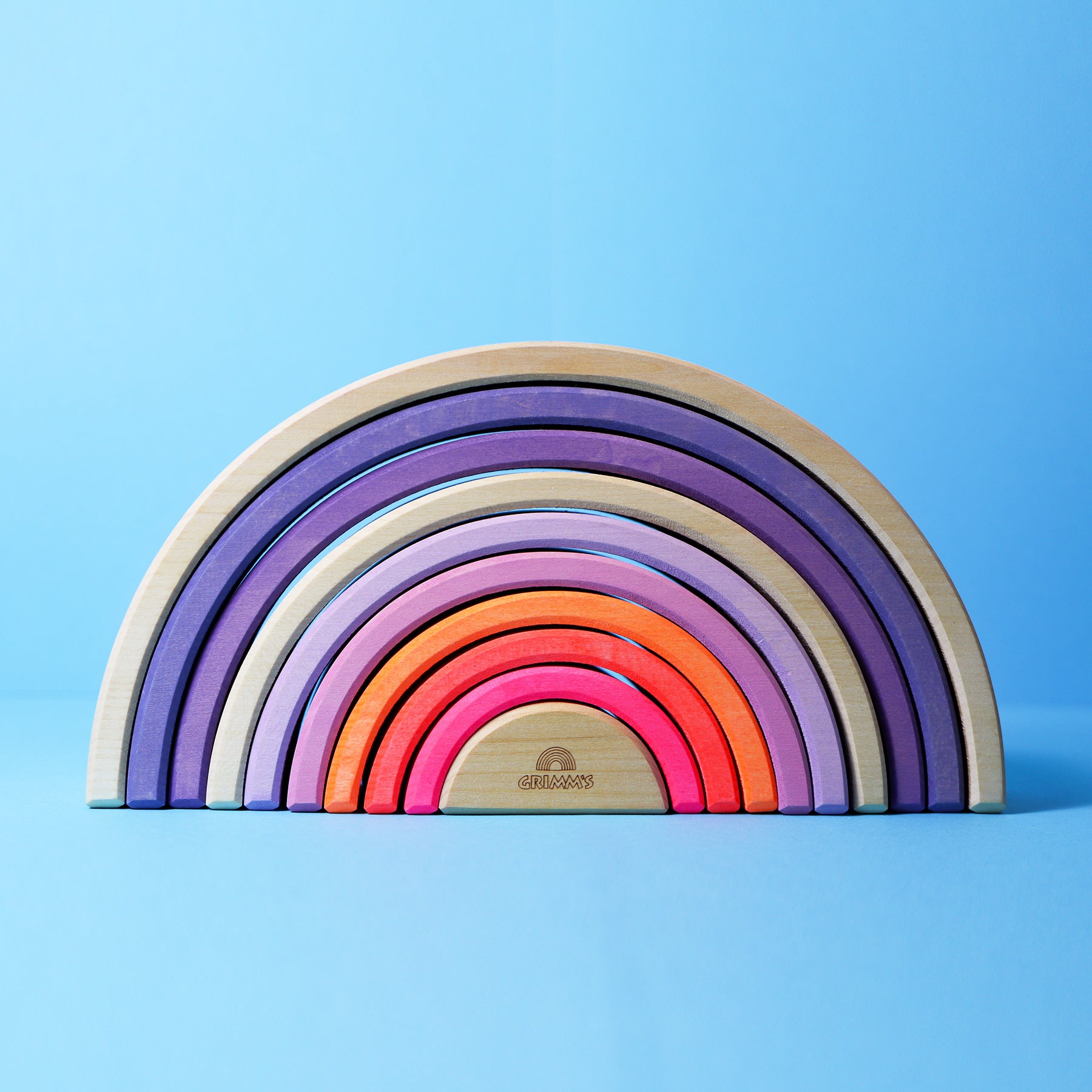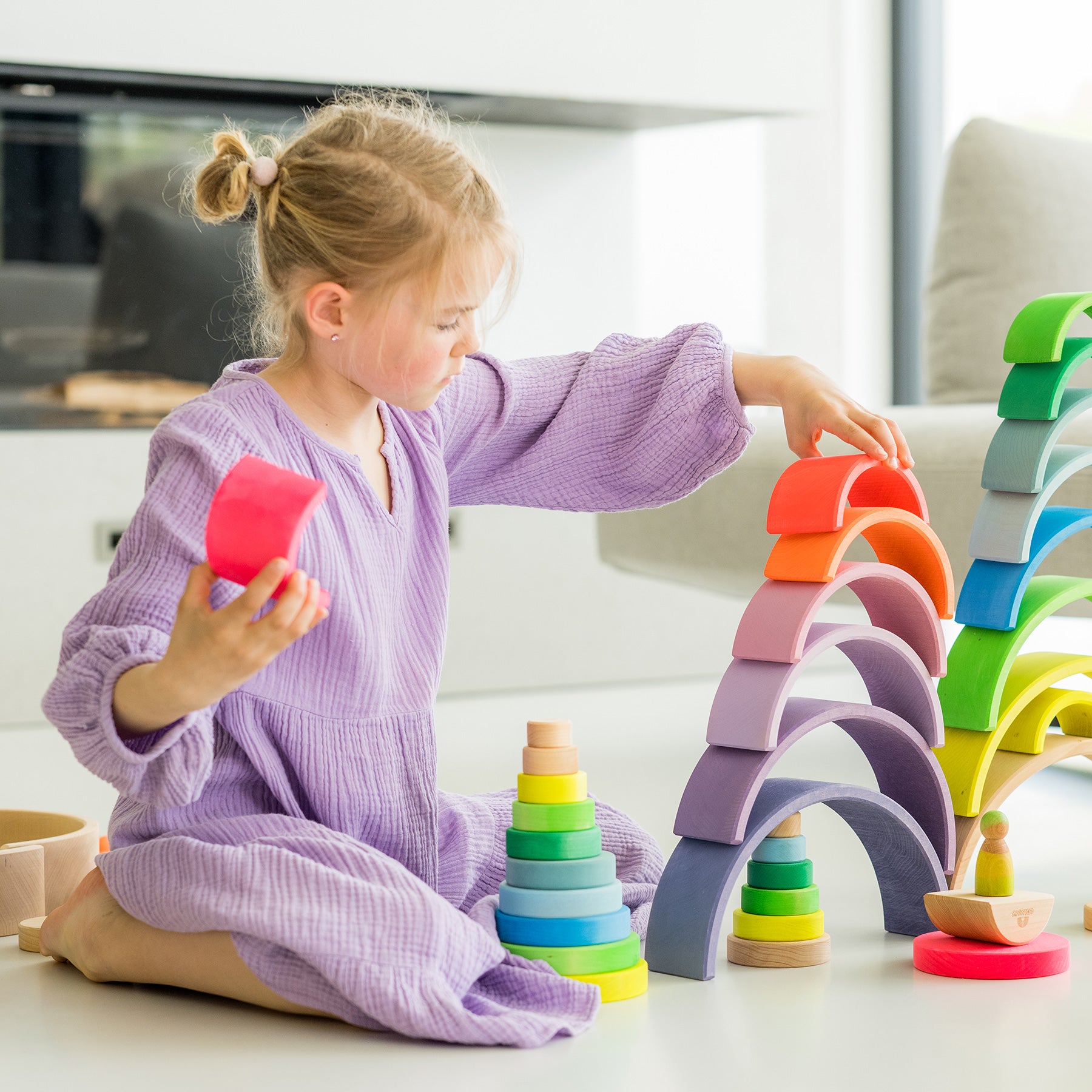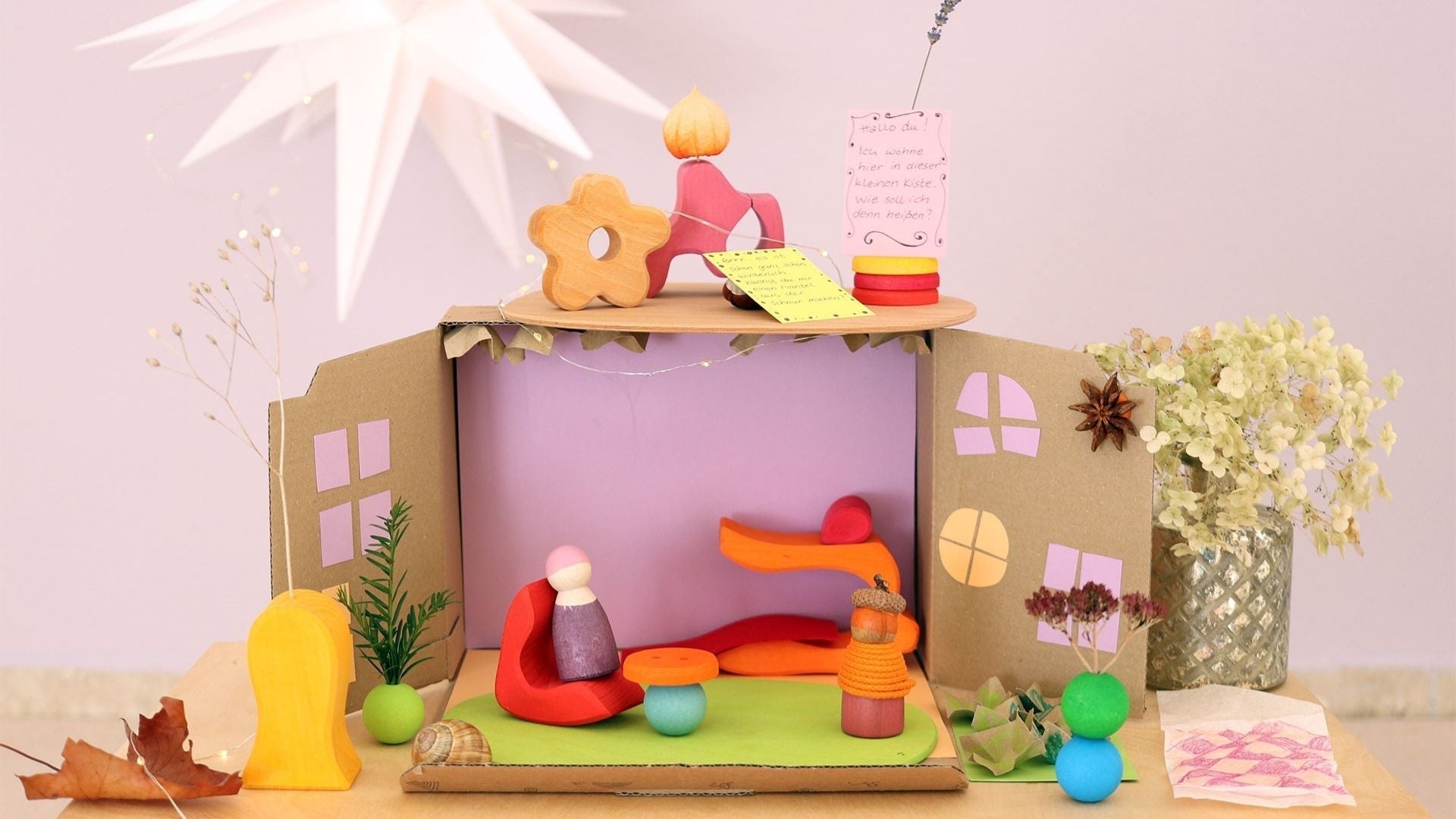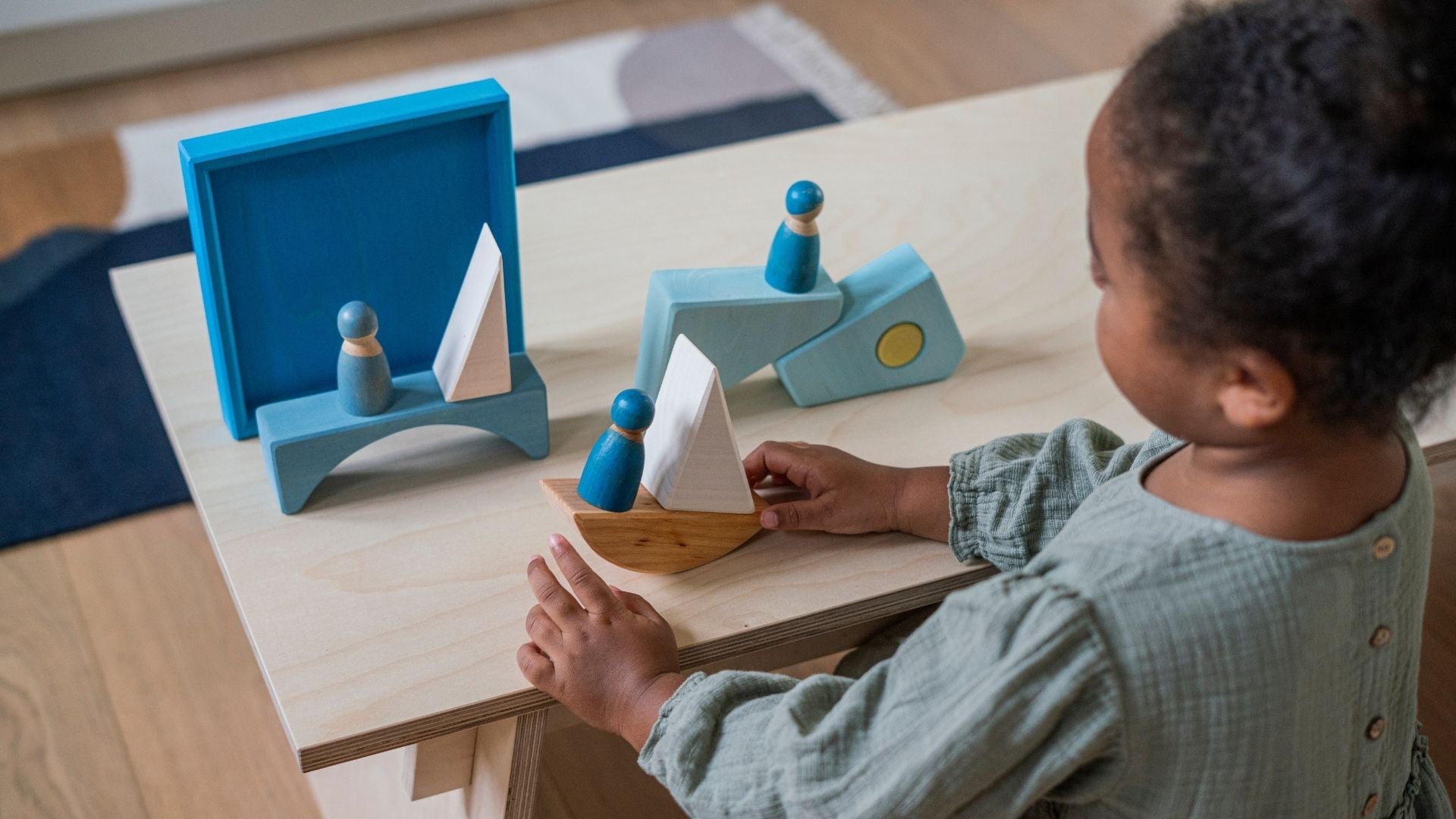 Picture: Kim Sapountsis @studiofle
Picture: Kim Sapountsis @studiofle
Anne, you're not only incredibly knowledgeable about colours, but also about their effects and their appropriate applications. Which colours are particularly well-suited for children's rooms—and why?
Anne Sandmann: Colours are a key design element in a child's room—they shape the atmosphere and guide children through their various developmental phases. The choice depends largely on the child, their age, the room's layout, and the existing furniture.
Children love colour. If my daughter were to choose, the walls would probably be painted in a rainbow colour. Therefore, the nursery can certainly have a little more colour – the key is to use the colours consciously and coordinate them with the room and its surroundings.
 Picture: Kim Sapountsis @studiofle
Picture: Kim Sapountsis @studiofle
Yellow, for example, has a cheerful effect, promotes creativity and activity, and is therefore ideal for play or craft areas.
Rosé is soft and harmonious, creates a sense of security and warmth, and is ideal for sleeping or cozy corners.
Green represents calm, balance and nature, supports concentration and is suitable for reading or work areas.
Blue has a calming effect, promotes concentration and creates a sense of security – making it ideal for retreats or sleeping areas.
Light shades of blue make rooms feel friendly and open, while darker nuances add depth and calm. Combined with warm wood tones, they create a harmonious, natural atmosphere that feels both childlike and timeless.
Personally, I love earthy tones in a child's room. They're versatile, create a cozy and calming effect, and complement wonderfully with bolder colours like blue, red, or yellow. Accessories can be colourful and playfully change depending on the child's age or season. Materials like wood or linen complement the design, as they come from the same "natural colour family" and always create a harmonious foundation.

Picture: Kim Sapountsis @studiofle
A quick tip: Colourful walls make colourful toys appear less cluttered and create a more harmonious overall look. White furniture, which is often found in children's rooms, looks more exciting against colourful walls, and natural wooden furniture — whether it's a table, shelf, or toy stand — exudes a very special presence there.
How do colours influence children's mood or behavior?
Anne Sandmann: Colours shape the mood in a child's room – often subtly, but very clearly noticeable. A room that's too colourful can quickly overwhelm children, while deliberately used areas of colour provide orientation: calm tones in the bedroom, stimulating colours in the play area, more muted nuances at the workstation. Colours thus enhance the atmosphere and make the room versatile – from playing to resting.

Picture: Kim Sapountsis @studiofle
Just as important as the colour scheme is thoughtful storage space. Children's rooms are full of colourful toys – without structure, this can quickly appear cluttered. Clever solutions like open wall shelves for favorite toys or closed cabinets for toy rotation help to calm the space from time to time. This keeps the room lively but not chaotic, and allows children to consciously experience their colourful play world.
How do you find a balance between childlike and stylish?
Anne Sandmann: This is achieved by using durable, natural furniture—for example, made of wood—and incorporating a childlike element through colours, textiles, or accessories. This creates spaces that can have a playful feel while simultaneously maintaining a timeless aesthetic. Childlike and stylish aren't mutually exclusive — they complement each other.

What tips do you give parents when it comes to color design?
Anne Sandmann: I particularly like to give parents the following tips:
• Design walls consciously: Don't just paint one wall, but focus on specific areas—for example, a sleeping area or a cozy corner. The ceiling can also be coloured: sky blue, a soft yellow, or a playful stripe like in a circus tent to add highlights.
• Use wooden furniture: They bring naturalness, calm, and warmth into the room—and instantly make it cozy. They can also be easily integrated into other spaces.
• Use textiles and accessories: Colourful rugs, pillows, curtains, and bedding are perfect for flexible use of colour. Small eye-catchers like mobiles or unique lamps also add playful accents.
• Less is more: It's better to work with a few colours, but use them selectively. This way, the child's room appears harmonious, varied, and not cluttered.
What effect does wood have in a child’s room?
Anne Sandmann: Wood has a unique appeal – it brings warmth, security, and a soothing naturalness. Especially because children's rooms are often full of colourful toys, wood provides balance. It's also durable, robust, and, thanks to its timelessness, grows with the child – far beyond childhood.

Picture: Kim Sapountsis @studiofle
How do you plan the zoning of a child's room?
Anne Sandmann: A good children's room never consists of just one large play area. I divide the room into different zones: a quiet area for sleeping, a place for playing, a small work area for school or creative work, storage space for organization, and often a cozy reading corner. These areas can be clearly defined with colour and furniture without overloading the room.
How do you approach the design overall?
Anne Sandmann: I start with what's already there: existing furniture, patterns, colours. Then I ask about the needs: What does the child love, how does the family live? On this basis, I develop mood boards that visualize colour schemes, zoning, and furniture concepts. Step by step, a room emerges that is functional, comfortable, and individual- and always with the child at the center.

Picture: Kim Sapountsis @studiofle
Thank you so much Anne, that was super interesting and will definitely help many moms and das create balanced and inspiring spaces or children!
Anne Sandmann is a family home designer and mother of three. She creates family spaces that are aesthetic, functional, and full of life. From her own experience, she knows how important it is to have spaces that support, inspire, and stand up to everyday life.
Instagram @studio.sandmann

